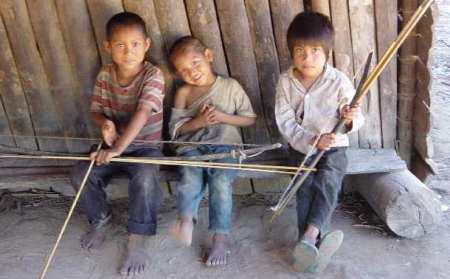What We Do

photo: M. Gurven
Compared to other primates, humans are big-brained, long-lived and spend much more time developing as children. Such an unusual primate life cycle is metabolically costly, but it allows new evolutionary pathways. Long periods of development allow the acquisition of a large body of useful ecological knowledge, and long life spans enable individuals to support their children and grandchildren. The Tsimane Health and Life History project seeks to understand how this life cycle evolved by focusing on several key questions.
1. Is there selection for more rapid senscence when extrinsic adult mortality is high? When it is very difficult to live a long life, selection may favor organisms who invest more in reproduction than their own longevity.
2. What is the impact of learning on one's development? Does it affect the length of childhood and the timing of the transition to adulthood? Does learning skills have more impact on one's foraging and horticultural success than physical traits like strength?
3. Is there evidence that the course of aging from children to adults for different somatic systems - physical health, immune function, cognition, and behavior - has co-evolved and associate in time?
4. In order to survive and reproducte in a horticultural-foraging society, how reliant are humans on shared resource flows from individuals at high-production points in their lives to friends and relatives at low-production points?
5. What is the effect of increasing acculturation and Bolivian national integration on Tsimane health outcomes and the aging process?
6. How can we situate the human life course in the particular circumstances of the Bolivian Amazon, and how does this compare to other ecological regimes?